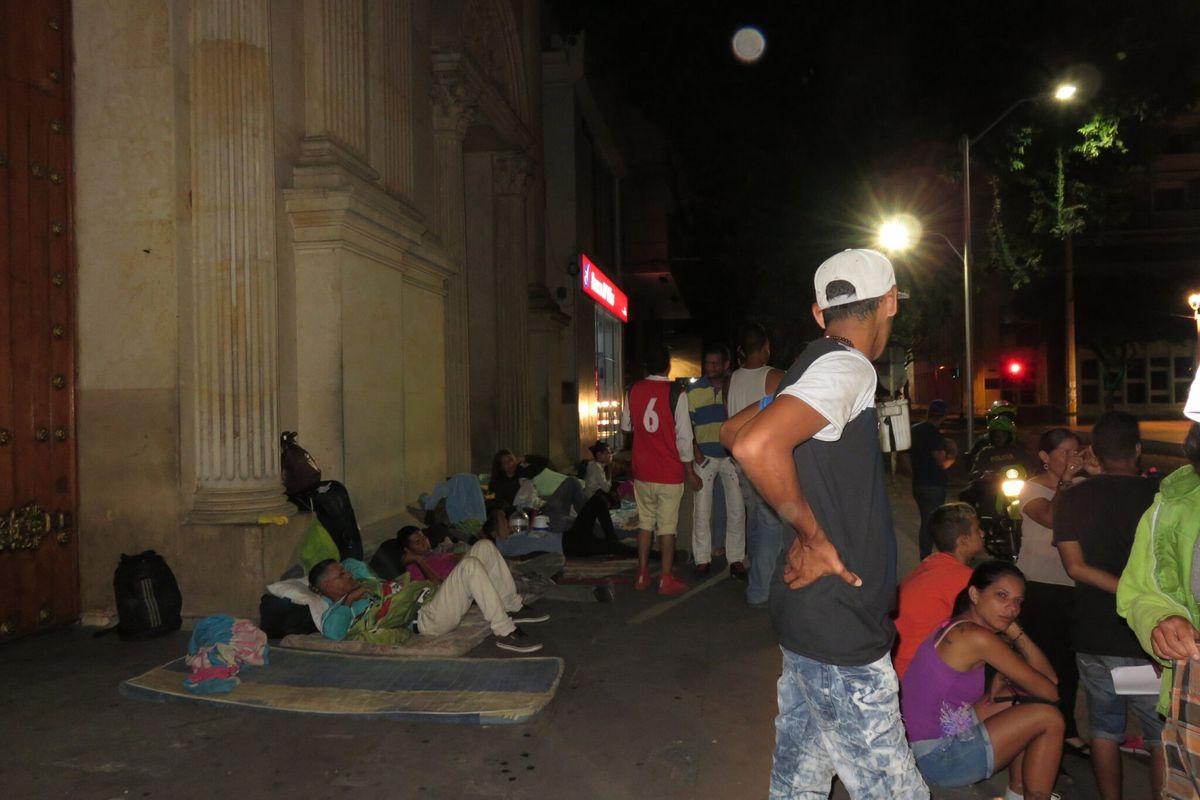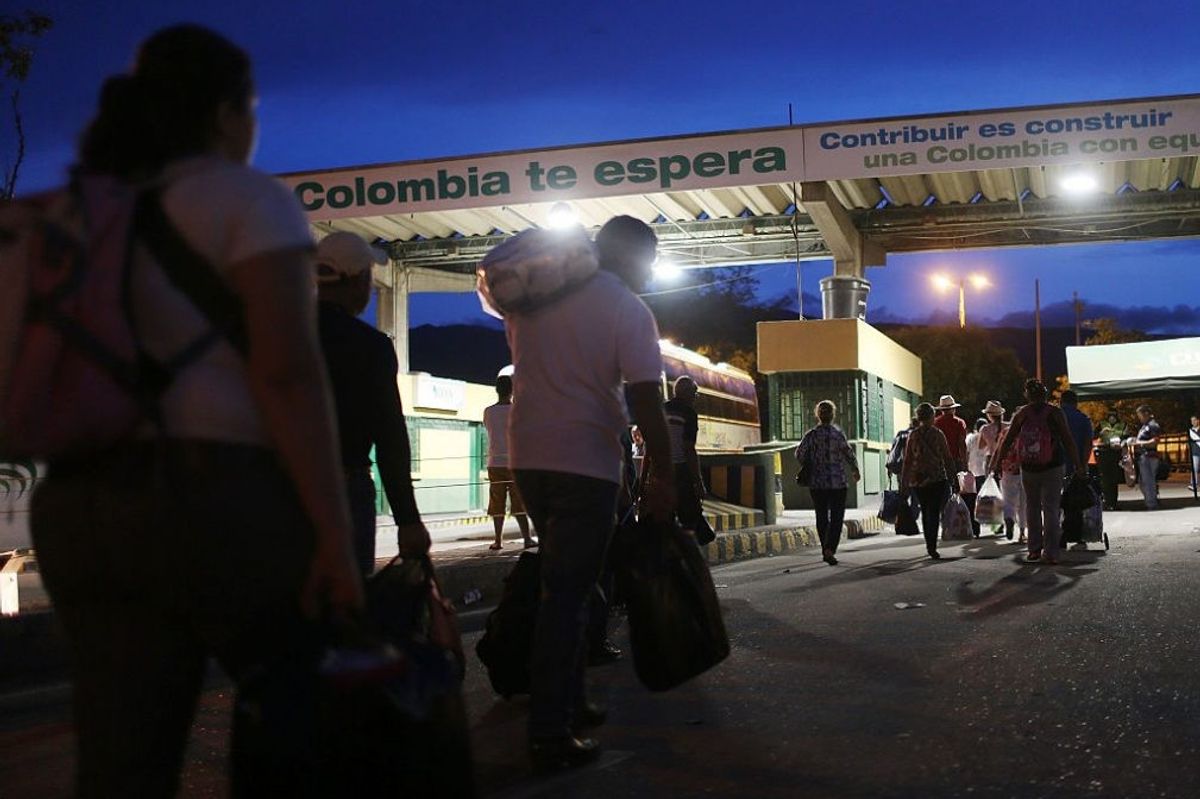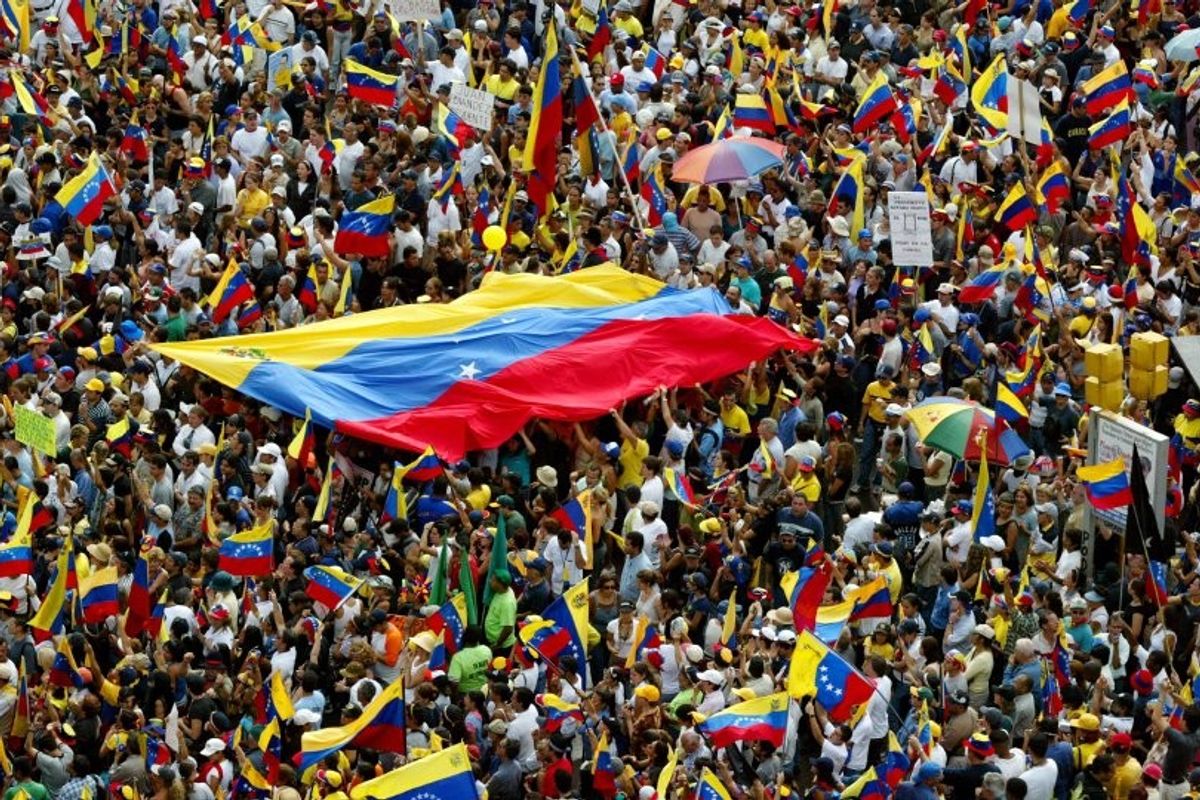In 1992, Peru produced an estimated 60 percent of the world’s cocaine. At one time, cocaine production was the largest industry in the country, at 17 percent of Peru’s GDP. It provided between four and six billion dollars in revenue to Peruvian drug trafficking organizations. Unlike the Colombians, Peruvians and Bolivians seek to control every stage of production based on familial association, and they use foreign crime networks for export and distribution. The Colombians use a vertical monopoly over production. This is a key difference between the principal cocaine producing countries in Latin America.
Prior to the 1990s, coca production was a small-scale operation in Colombia. Peru and Bolivia dominated coca production in the 1980s and early 1990s. A shift in production capacity from Peru to Colombia began to occur when former Peruvian President Alberto Fujimori started his “air bridge” campaign to shoot down trafficker aircraft transporting coca base to conversion laboratories in Colombia. Furthermore, Peru initiated aggressive government enforcement operations to combat the drug trade, which had a significant impact on production. As a result, the two dominant drug trafficking organizations, the Medellin and Cali cartels, began to promote the cultivation of coca in Colombia. In 2000, Colombia had approximately 163,000 hectares of coca cultivation compared to 43,000 hectares in Peru. Bolivia was a distant third. Amazingly, by 2004, Colombia was responsible for 80 percent of the world’s cocaine.
Circa 2007, the trend began to reverse from Colombia to Peru. One of the reasons was the huge number of resources provided to Colombia by the U.S. that led to large-scale fumigation and eradication of coca in major growing areas. The second reason was the lack of an integrated counter-drug strategy in Peru. Most of Peru’s principal focus has been on eradication and little progress has been made on alternate development, interdiction, and prevention and treatment. They have also made few advances in addressing money laundering.
Complicating the equation is that Peru, similar to Colombia, has an insurgency called the Shining Path that lives off the drug trade. However, the Shining Path has fewer than 500 combatants. The Revolutionary Armed Forces of Colombia (FARC) and the National Liberation Army (ELN) together have more than 10,000 fighters spread across Colombia. Another relevant issue is rampant corruption in Peru. Many of the police and judges are on the payrolls of the traffickers. Former President Alan Garcia, during his second administration, pardoned more than 400 convicted drug traffickers. Allegations surfaced that he was paid significant bribes for the pardons.
In 2014, another dramatic flip-flop occurred, in which Colombia regained its role as the world’s leading producer of cocaine, negatively impacting relations between the U.S. and Colombia. Colombia now produces more coca than Peru and Bolivia combined. It planted 44 percent more coca than in 2013.
Recent trends in eradication efforts are one of the main reasons why Colombia has pushed past Peru. Eradication in Peru has reached record levels, while in Colombia the number of crops destroyed has been dropping steadily. Part of the problem is that Colombian President Manuel Santos decided to stop the aerial spraying of herbicides in 2015 because it may cause cancer. Since 70 to 80 percent of all coca crops in Colombia are grown in areas controlled by the FARC, the manual eradication of coca in FARC territory would be extremely dangerous. And the insurgent group has an interest in keeping coca cultivation as high as possible in order to have greater leverage in the ongoing peace negotiations with the Colombian government.
Those negotiations with the FARC began in November 2012 in Havana. Thus far, an agreement has been reached on four major points, but they will not be acted upon until a final deal has been signed. The points include:
- Political participation of rebels once a peace deal is reached
- Illegal drug trade (the principal funding for the FARC); the elimination of all illicit drug production
- Transitional justice; amnesty for combatants, excluding those who have committed the most serious crimes
- Land reform; economic and social development of rural areas and provision of land to poor farmers
Agreements still need to be reached on the following points:
- Promoting rural development and land reform
- Reintegrating rebels into civilian life
- Rebel disarmament
These peace talks are the fourth in 30 years and the first in more than a decade. The target date of signing the recent peace accord, March 23, has come and gone. If this time around the FARC manages to reach an agreement with the Colombian government, it will cease its insurgency, but it will more than likely splinter into numerous criminal networks. In the past, thousands of militants – like those in the United Self Defense Forces – have turned to drug trafficking, extortion, kidnapping, and other crime after being disbanded. Disarming the FARC could negatively impact territories that have been under rebel control since 1964 with skyrocketing drug trafficking and violence.
Central America’s Northern Triangle – consisting of El Salvador, Guatemala, and Honduras – all reached peace agreements to end their leftist revolutions in the 1990s. Now, they are being overwhelmed by drug trafficking and gang violence that is claiming thousands of lives each year. This has created a massive flow of thousands of migrants seeking asylum in the U.S. to escape the horrific violence. The same could happen with Colombia.









